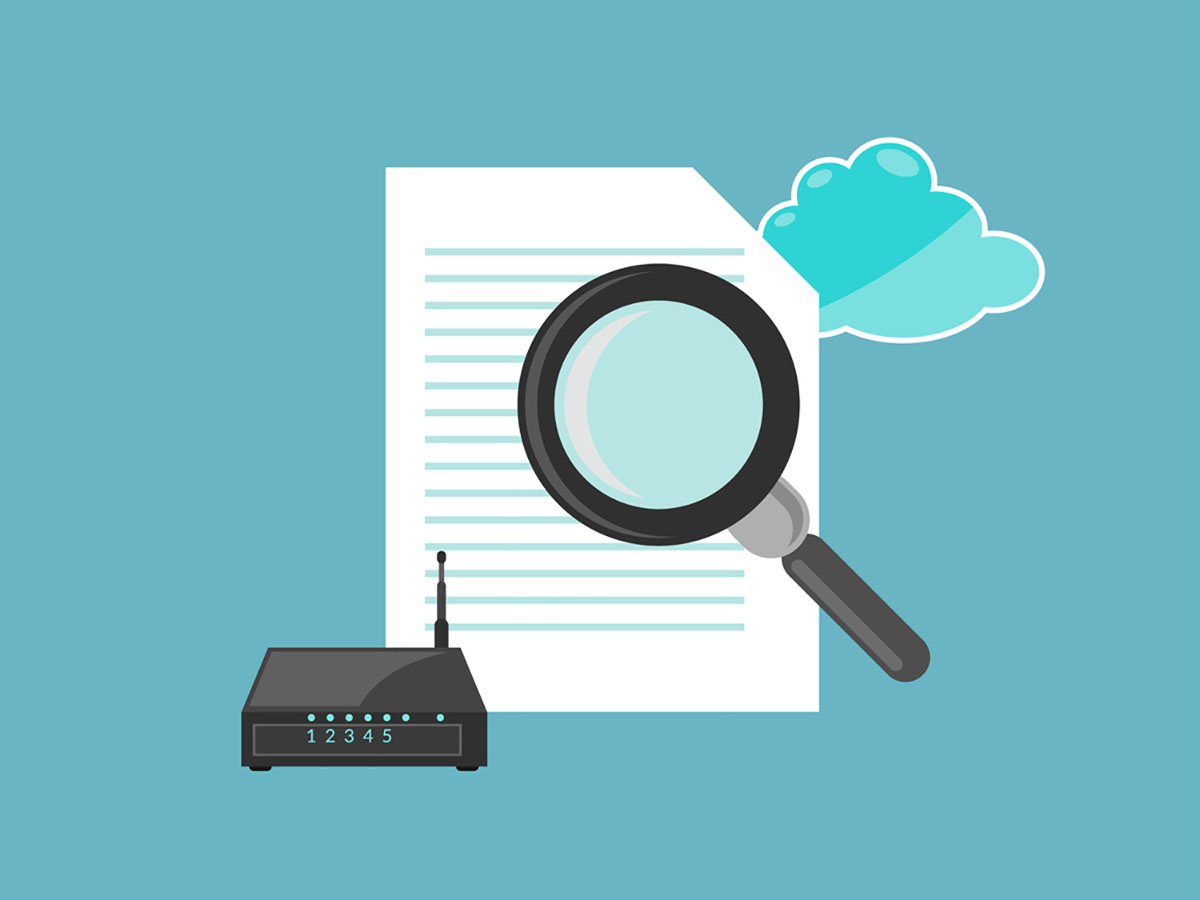A passive attack involves a hacker secretly tracking or monitoring data transmitted from your device or system. The aim is not to cause damage, but to gather valuable information. Examples include eavesdropping on communication channels or internet traffic analysis. This type of attack doesn’t alter your system’s functionality; instead, it poses risks to data confidentiality.
Passive Attack Examples
1. Network Eavesdropping
Network Eavesdropping, often simply referred to as ‘Eavesdropping’, is a common form of passive attack. Here, a hacker taps into a network, intercepting and reading information as it’s transmitted over the network. The information could potentially be anything that’s being sent over the network, such as emails, data files, or even just casual chats.

Stay One Step Ahead of Cyber Threats
The danger of network eavesdropping lies in its stealth. It generally doesn’t affect a system’s performance or data’s integrity, making it extremely hard to detect. A successful eavesdropper can gather a wealth of sensitive information, including login credentials or credit card details, without raising suspicions.
Mitigating the risk of network eavesdropping generally involves data encryption methods, among other security measures. Encryption enables data transformation into unreadable formats during transit, which cannot be deciphered by eavesdroppers, thus protecting the information’s confidentiality.
2. Traffic Analysis
Traffic Analysis is a form of passive attack that doesn’t necessarily require the hacker to view the specific data being transmitted. Instead, the hacker focuses on the patterns of the data transfer within a network. They monitor the frequency, time, and size of data packets being sent and received, rather than the actual content of those packets.
The information gleaned from this kind of analysis can paint a clear picture of the network’s activities. For instance, by observing the high volume transmission times, a hacker might discern when a business conducts its most critical operations. Moreover, identifying the busiest nodes can highlight the most significant users or departments in a network.
Preventing traffic analysis can be challenging because it doesn’t tamper with the data, making it difficult to detect. However, measures like adding random delays to packet transmissions or dummy traffic can help obfuscate true data patterns, thereby reducing the effectiveness of this attack.
3. Email Interception
Email Interception is a passive attack where a hacker gains unauthorized access to your email account. They read and collect valuable information from your emails without the intent to alter or delete any of them. The hacker remains as a silent observer, making this type of attack often difficult to detect.
Sensitive data such as personal details, financial statements, and business plans can often be found in emails. A successful email interceptor can gather this information over time, building a substantial data reservoir. This collected data might be used later for various malicious purposes like identity theft or corporate espionage.
Securing email communications involves several strategies such as strong password practices, the use of secure and trusted email service providers, enabling two-factor authentication, and being cautious about suspicious emails. Additionally, encrypting sensitive emails can render the intercepted data incomprehensible to prying eyes, enhancing the overall email security.
Conclusion
Passive attacks, including Network Eavesdropping, Traffic Analysis, and Email Interception, pose significant threats to data confidentiality by stealthily monitoring and collecting information. While these attacks are challenging to detect as they do not alter the system’s functionality, preventive measures like data encryption and strong security practices can help mitigate the risk and protect valuable information.
Key Takeaways
- Passive attacks involve secret tracking and monitoring of data, not causing damage but gathering valuable information.
- Such attacks, like Network Eavesdropping, Traffic Analysis, and Email Interception, are often hard to detect as they do not affect the system’s performance or data’s integrity.
- Network Eavesdropping involves intercepting and reading data transmitted over a network, posing potential risks for theft of sensitive data like login credentials or credit card details.
- Traffic Analysis looks at the patterns, frequency, and time of data transmission, providing insights into the network’s activities and usage.
- Email Interception involves unauthorized access to email accounts to stealthily read and collect information over time for potential misuse.
- Encrypting data, introducing random delays to packet transmissions, using secure and trusted email services, and practicing strong password habits can help mitigate the risks of passive attacks.
Related Questions
1. How can one detect a passive attack?
Passive attacks are difficult to detect due to their unobtrusive nature. However, they could potentially be detected through sudden or unexplained network slowdowns, anomalies in data traffic, or through the use of intrusion detection systems.
2. What is a good defense against passive attacks?
Data encryption is one of the most effective defenses against passive attacks. It transforms the data into an unreadable format during transit, making it useless to any eavesdropper. Other security practices like frequent password updates, strong password use, and two-factor authentication can also help.
3. Is email interception a legal act?
No, email interception is considered illegal in many jurisdictions. It is a violation of privacy rights and can lead to severe legal penalties.
4. How does traffic analysis work?
Traffic analysis involves observing patterns of data transfer within a network. By analyzing factors like frequency, time, and size of data packets being sent and received, a hacker can understand the network’s activities and usage.
5. Can passive attacks lead to active attacks?
Yes, information gathered through passive attacks can be used to carry out active attacks. For instance, a hacker who has obtained login credentials through eavesdropping can use them to gain unauthorized access to systems and potentially cause significant damage.
"Amateurs hack systems, professionals hack people."
-- Bruce Schneier, a renown computer security professional






